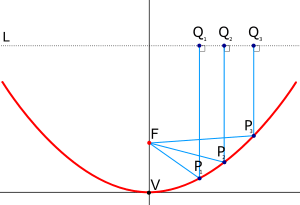Can someone explain to me how a C-Band Dish/LNB (Prime Focus) receives a satellite signal as compared to a KU Band offset Dish/LNB. I'm contemplating on taking advantage of the $69.99 C-Band Sale by Robbie from WSI and I have limited space. Understanding the C-band reception process will help me decide. Any diagrams or illustrations will be highly appreciated.
Last edited:



